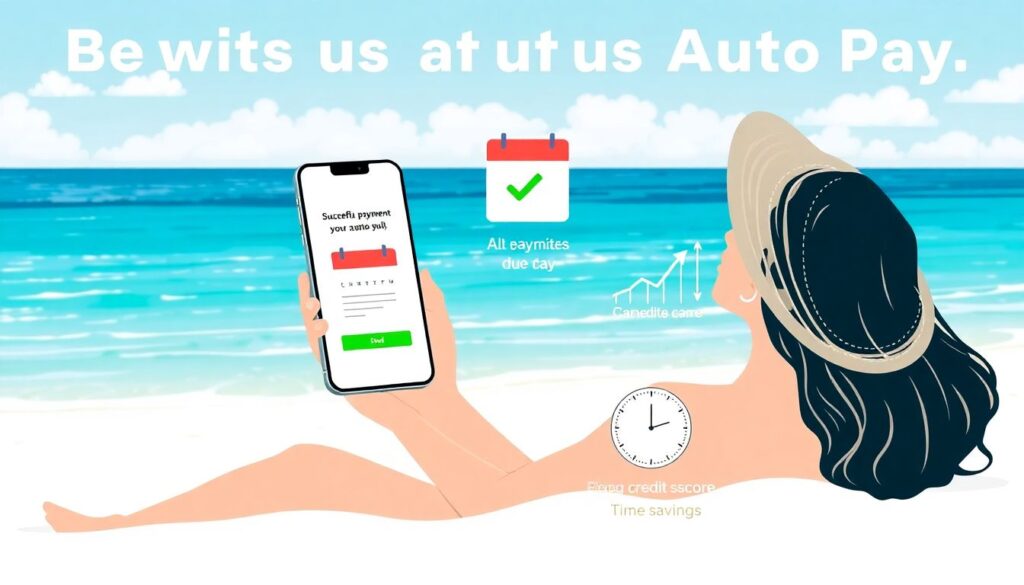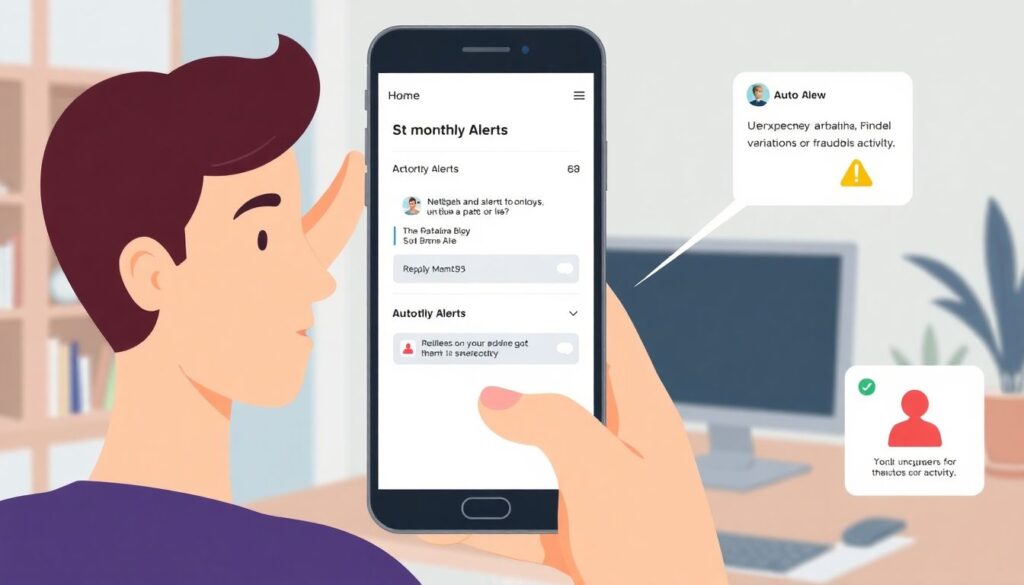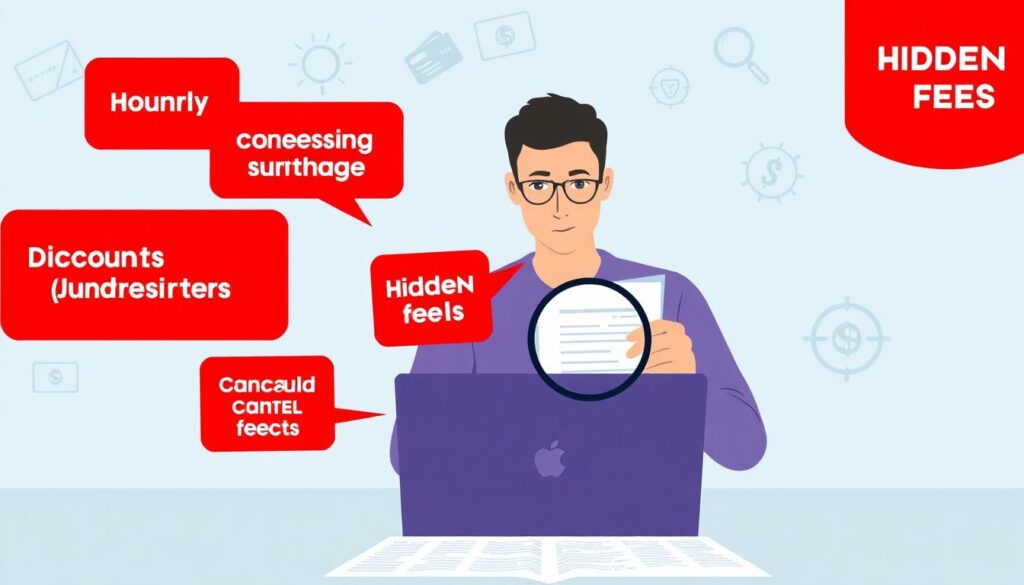What Is Automatic Bill Pay and Why People Love It
Automatic bill pay is a system where your recurring payments—like utilities, phone, mortgage, credit cards, or subscriptions—are scheduled to be withdrawn from your bank account or charged to your card without manual effort each month. It’s the “set it and forget it” approach to managing bills, and for many people, it’s a lifesaver.
Let’s face it: between work, family, and a to-do list that never ends, it’s easy to forget a due date. Automatic payments step in to prevent late fees, missed payments, and credit damage. But while it sounds like a no-brainer, it does come with strings attached—especially when it comes to fees.
The Upside: Convenience That Actually Works

Before we dig into the potential downsides, let’s look at why people rely on auto-pay:
– No missed deadlines — Payment is handled automatically, even if you’re on vacation or swamped at work.
– Improved credit score — Timely payments help boost or maintain a good credit rating.
– Time savings — You don’t have to log in to multiple portals or write checks every month.
Real-Life Case: Sarah’s Student Loans
Take Sarah, a recent college graduate juggling a full-time job and side hustle. She set up auto-pay for her student loans and discovered that her lender offered a 0.25% interest rate reduction for doing so. Over the life of her loan, that added up to hundreds in savings—plus she never had to worry about slipped due dates.
The Downside: Fees, Overdrafts, and Lack of Control
While auto-pay offers peace of mind, it’s not always the budget-friendly choice. The main pitfalls include:
– Overdraft fees — If your account balance is low, the auto-payment can trigger overdraft charges.
– Processing fees — Some companies tack on “convenience fees” for card payments—yes, even automatic ones.
– Less visibility — Out of sight, out of mind. You might miss errors or forget to cancel a subscription.
Case Study: Mike’s Gym Membership Dilemma
Mike signed up for an introductory gym offer with automatic payments. When he decided to cancel six months later, he assumed stopping his bank card would be enough. It wasn’t. The gym kept billing him through ACH withdrawals using saved banking info. Mike had to file a dispute and had paid two extra months before the issue was resolved.
Smart Ways to Use Automatic Bill Pay Without Losing Money
You don’t have to give up on auto-pay entirely. A few smart adjustments can give you the best of both worlds—effortless payments without surprise charges.
Tip #1: Link to a Low-Fee Account
Consider using a dedicated checking account for recurring payments. Keep just enough funds to cover monthly bills. This can protect your main account from overdrafts and simplify tracking.
Tip #2: Avoid Credit Card Auto-Pay When Fees Apply
Some service providers charge a fee for using credit cards. Instead, use a bank account or debit card for payments to avoid these charges.
Tip #3: Set Calendar Reminders

Even with auto-pay enabled, set monthly alerts to check what’s going out. This gives you a chance to spot any unexpected variations or fraudulent activity.
What to Watch for When Setting Up Auto-Pay

To avoid surprises, watch for these red flags during setup:
– Language like “convenience fee” or “processing surcharge” — This often hides small but recurring charges.
– Discounts that vanish — Some companies offer temporary incentives for auto-pay, which expire after a few months.
– Cancellation hurdles — Make sure canceling or pausing auto-pay is possible online without jumping through hoops.
Case Example: Emily’s Utility Bills
Emily signed up for auto-pay on her electricity and water bills. Her provider introduced tiered pricing, and her bill nearly doubled over one summer. Because she wasn’t reviewing the charges monthly, she didn’t catch the increase for two billing cycles. By the time she noticed, she’d already paid significantly more than expected. Lesson learned.
Bottom Line: Is Auto-Pay Worth Using?
Automatic bill pay is a powerful tool when managed carefully. It can save you money, safeguard your credit, and reduce stress. But without a bit of oversight, it might cost you unexpectedly through overdraft charges, service fees, or unmonitored increases.
Use auto-pay for essential, fixed-cost bills—like your mortgage, student loans (especially if there are rate discounts), or insurance premiums. Avoid using it for variable or promotional subscriptions unless you’re actively reviewing those statements. Think of auto-pay not as “set and forget,” but “set and regularly review.”
By taking the time to understand both the benefits and the pitfalls, you can make automatic bill pay work for—not against—you.

